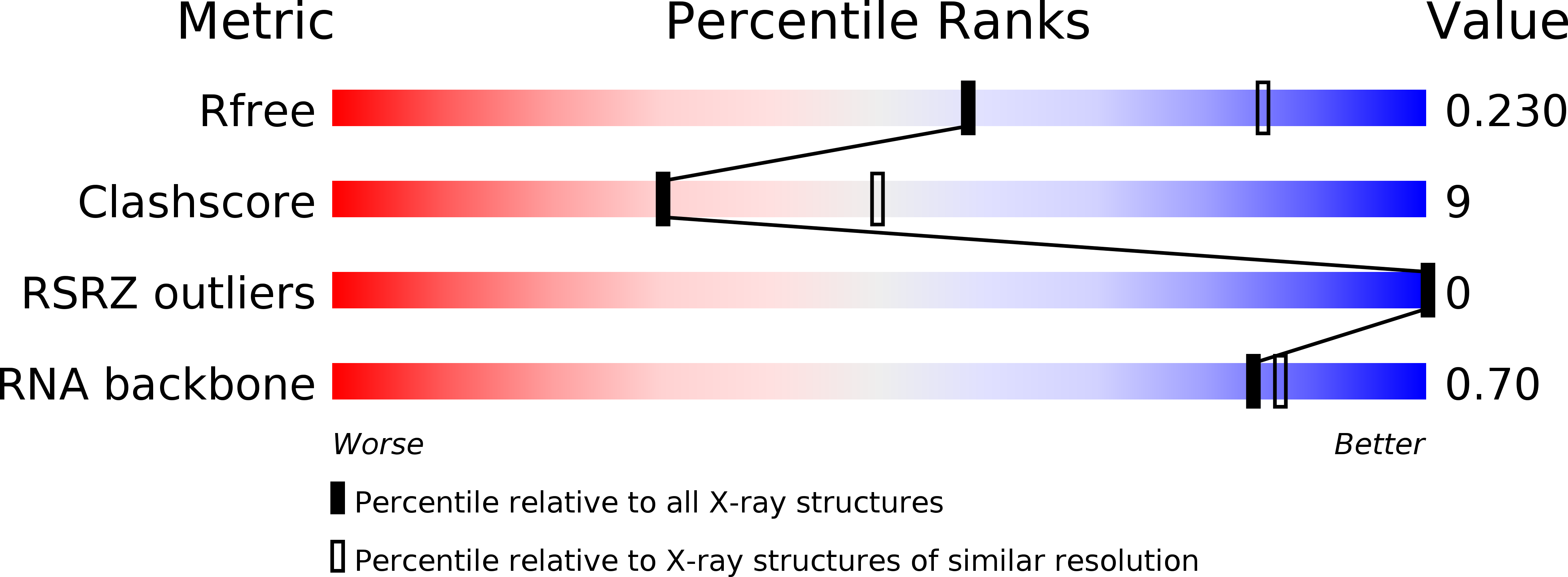
Deposition Date
2013-04-10
Release Date
2013-07-31
Last Version Date
2024-02-28
Entry Detail
PDB ID:
4K32
Keywords:
Title:
Crystal structure of geneticin bound to the leishmanial rRNA A-site
Biological Source:
Source Organism:
Leishmania (Taxon ID: 38568)
Method Details:
Experimental Method:
Resolution:
2.50 Å
R-Value Free:
0.24
R-Value Work:
0.20
R-Value Observed:
0.20
Space Group:
P 21 21 2


